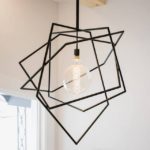In the world of flashlights, there are a lot of different light bulbs that offer different kinds of advantages over the others, but there is one type of light bulb which sets the bar high. That’s the bulb of the future, known as LED (Light Emitting Diode) which is basically a collection of semiconductors that determine the colour and brightness of the light. Unlike other types of bulbs that use different types of gasses for different colours and need a vacuumed space in order to function, LEDs use none of that which makes them the most convenient solution, especially for flashlights. Now let’s see why LED flashlights are so popular and help you find the best one for your needs.
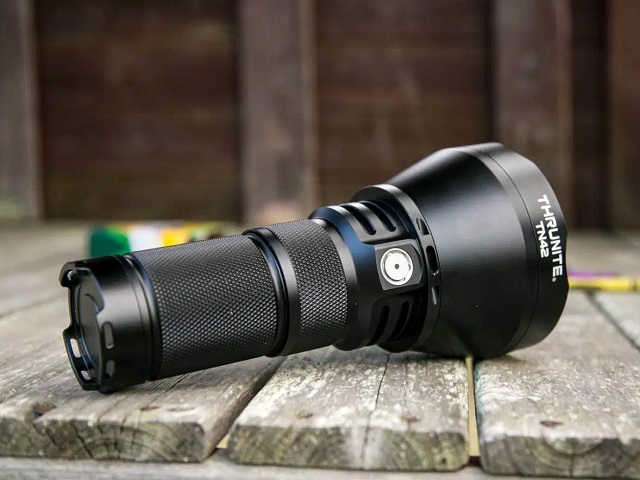
Benefits
- Since light is generated with the help of moving electrons over the semiconductors, there is no heat being generated during this process. This helps the flashlight conserve energy since it’s relatively cool most of the time, which makes LED torches last longer than their counterparts. There is no need to carry extra batteries when on a long camping trip and most of them today offer a battery saving mode which lowers the brightness levels.
The lumen count of an LED and an incandescent flashlight might be the same but the wattage isn’t. A LED flashlight is able to emit more lumens with the same wattage thus making it more efficient than any other type of flashlight whose efficiency can not be affected by the size and shape of the flashlight. - Since this type of technology is on the rise, prices are dropping fast. And although LED’s may cost you more upfront, you won’t need to change the batteries as frequently as you would incandescent or halogen ones, which means you will save in the long run. Usually, the same batteries last up to ten times more in an LED flashlight. LED’s are also capable of changing colour without any colour filter being used.
- Turning your flashlight on and off very often may be the cause for it to break down faster, but not if you have a LED torch. Constant on/ off cycling is found to be most ideal with LED torches as they light up very quickly which is usually under one microsecond.
- A LED flashlight can focus light without an external reflector which is often used with incandescent and fluorescent lights in order to focus the light in a narrower beam. A large LED flashlight uses a TIR (Total Internal Reflection) lens for that. They can also be easily dimmed by either pulse-width modulation or when the forward current is being decreased – this is why some flashlight or car lights flicker when on camera.
- LED flashlights won’t fail on you out of the blue but rather the “shutting off” will happen gradually by slowly getting dimmer and dimmer. Since they are not generating any major heat when in use, the energy needed to generate the light is way smaller, which results in a smaller carbon footprint.
- The solid-state construction and the small plastic bulb makes for a well-made shock-resistant flashlight, which is usually the case as LEDs don’t break that easily. So not only do they have a longer runtime, but they are also more durable.
Beam Distance
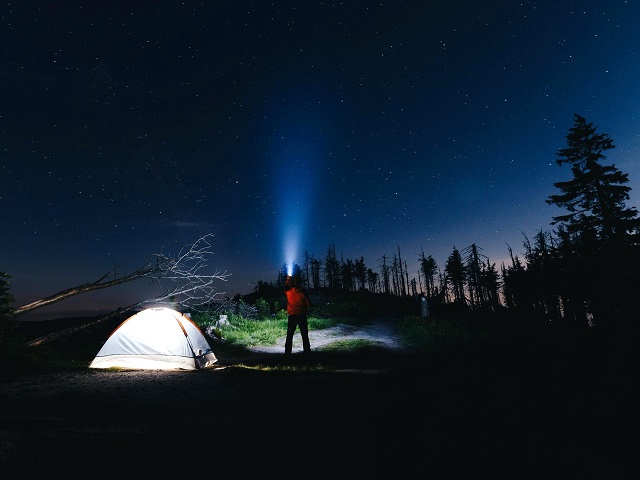
This feature may not be as important as the rest but it plays a major role if you are going to use your flashlight when hiking. A flashlight with a longer beam distance will often give you a more focused beam and one with a shorter beam distance will provide you with a wider beam. While there are some flashlights that can shine a light across a football field, others will only be able to illuminate your basement or tent.
Size
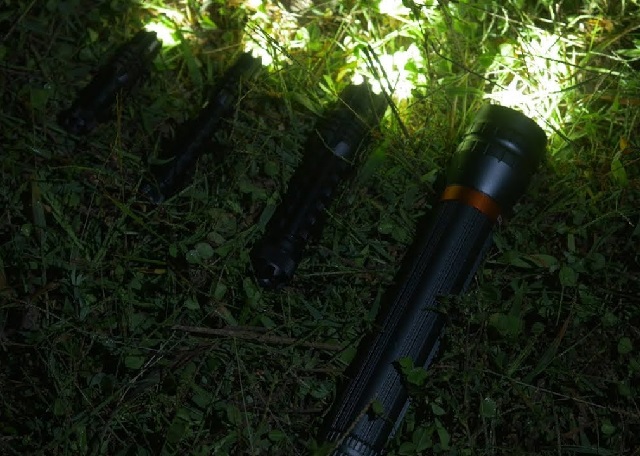
The size of a flashlight will determine its portability and lumen count. If you want one that will fit in your pocket, it is best that you avoid the standard sized flashlights, which may be a better choice if you want to carry one in your backpack. A flashlight that fits in your palm will definitely fit in your pocket too but beware because usually the smaller the flashlight the smaller its lumen count.
Aesthetics
Slimmer flashlights are typically more aesthetically pleasing, but some people prefer manlier models. While smaller flashlights usually have a lot of ridges which makes them look more rugged, there is another popular flashlight design that resembles the feel of a gun when you hold it. These may not be the most aesthetically pleasing, but their practicality makes up for it as they produce a very bright light. The most visually appealing for most people is the long and skinny flashlight that has no ridges and can be found in different colours.
Water Resistance
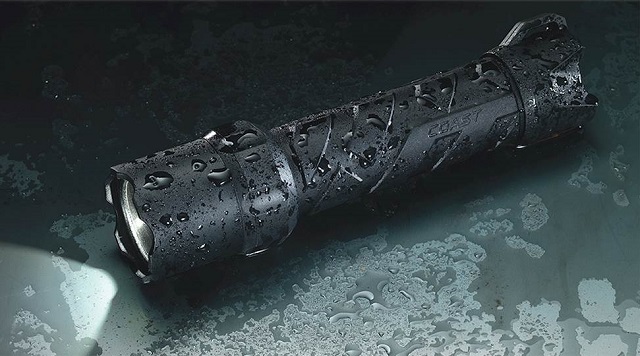
If you want your flashlight to be really durable, then make sure you check its waterproof rating. There are usually three standard IPX ratings when it comes to flashlights – IPX4, IPX7, and IPX8. IPX4 rating allows you to use a flashlight in rainy conditions but if it’s pouring down a lot or drizzling it’s best that you avoid using it. IPX7 rating will keep your flashlight running in about a meter deep water for half an hour straight – keep it longer and you will definitely damage it. IPX8 provides the utmost level of water resistance as it allows the flashlight to be used up to four hours, in one-meter deep water.
Lumens
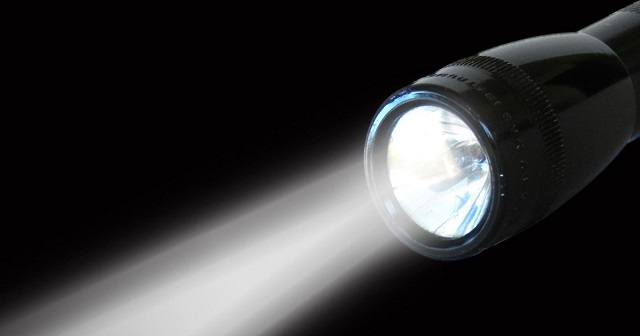
The lumen count I mentioned earlier determines the flashlight’s brightness level, and while some people say that a 150-lumen count should be the limit of your purchase, there are definitely more powerful ones. It’s true that you only need about 75 lumens if you are taking a quick walk with your dog or need a flashlight for home use, but that doesn’t mean you should avoid getting a 2000 or 4000-lumen flashlight if you are going to be involved in a search party. Anything between 100 or 150 lumens will be enough for a regular camping/ hiking trip.
Light Control
You’ll want to have more than just an on/ off switch on your flashlight, so it is more convenient to use. For example, a lot of LED torches nowadays come with different modes which with the press of a button automatically emit light with a wider beam or one that is narrower. You won’t have to adjust things yourself when you have so many options at hand – this saves you both time and nerves.





